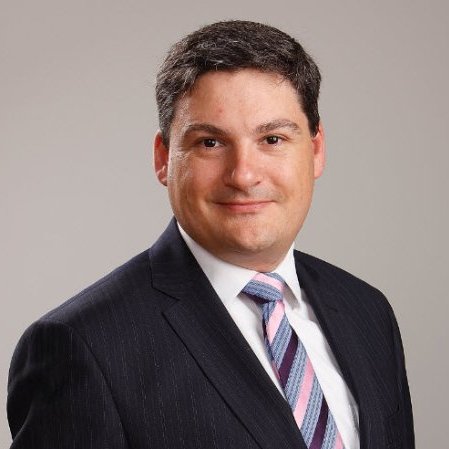Future Fund comes to terms with ethnic biases… and other risks
(pictured: Raphael Arndt)
by Greg Bright
The Future Fund has been reducing its investment risk over the past 12 months, as has been well documented, once again dodging a bullet with the global equities market. Less obviously, the fund has also been looking to reduce its longer-term Anglo, western and, probably, male biases in the management of its $120 billion portfolio.
Raphael Arndt, the Future Fund’s chief investment officer, says the fund’s management wants to be agnostic about whether it is investing in emerging or developed markets going forward.
“So, we are upskilling ourselves so that we have the people to share all the experiences. We want people with diverse backgrounds,” he says. “We thought we needed to challenge ourselves to learn more… By and large, we are Anglo and western biased, so we have different challenges if we want to get to wherever we want to be in emerging markets in 10 or 20 years’ time.”
For investment managers, there are lots of different sorts of risks. It is not just the risk of share or bond markets taking a tumble, or even the unexpected tail risks of a big crisis, as we saw in 2007-2008, that they should worry only about.
A big risk is the opportunity cost of not being able to invest in a certain way at a certain time because of lack of liquidity, for instance. Or, as the Future Fund is saying it recognizes, the opportunity cost of not being able to invest well in emerging markets over the long term because of cultural biases.
Arndt was appointed chief investment officer of the Future Fund in 2014, after a career in infrastructure investing, at Hastings Funds Management for more than six years and then at the Future Fund for about the same length of time, as head of infrastructure and timberland.
The Future Fund has about 50 investment professionals split into various sector teams, of between five and nine people in each, with specialist experience in their areas. Then there are two other groups – one focusing on ESG and the other on emerging markets. By questioning its inherent ethnic biases, Future Fund is actually meshing the worlds of ESG and emerging markets.
Research on governance of companies and, to a lesser extent, pension funds in recent years shows that those with greater diversity at the board and senior management level tend to outperform those without diversity. Such research refers to not only gender diversity but the more difficult-to-measure ethnic and social background diversity as well age (not too old), experience and skills. The theory now is that the best board is one which most reflects the organisation’s customer base. And it is one which has a sufficient number of independents to mitigate against representative group biases.
So it may be with funds management, as the Future Fund is exploring. A balance of ethnic, social, age and gender backgrounds in a team of investment managers may well demonstrate more consistent skill than a less well-balanced team. Emerging markets investing seems like a good place to start.
The Future Fund currently has about 10 per cent in emerging markets equities, a 12 per cent exposure to emerging markets currencies and a “material” exposure to emerging markets in its debt allocations, plus a small amount in property, infrastructure and private equity. The emerging markets themselves, of course, already account for more than half of the world’s GDP, which will only increase further over the next decades.
Arndt says: “Risk is multi-dimensional. The big question is how much risk do you have in the portfolio as a whole. The easiest way to define it is the risk relative to equities. On that measurement we’ve been reducing our risk over the past 18-24 months, probably by about 10-15 per cent. One of the manifestations of this is that we have increased our cash from just under 10 per cent to just over 20 per cent. We’ve been concerned about what the markets look like for future returns. We believe that if we don’t think we are being rewarded for taking a risk then we should have less of it.”
The Future Fund also believes that the total portfolio is what matters most. It calls it the “one team one portfolio” strategy, which has become “a real and tangible strength of the fund’s investment process”, Arndt says. One of the fund’s documents sates: “This idea of one team, one portfolio has become our mantra. It’s even written on our coffee mugs.”
The importance of the strategy becomes most obvious when you look at the risks associated with opportunity costs. Arndt says the team tends to have investment debates in terms of “hunters” versus “gatherers”. “Hunters” tend to build up a war chest and wait for the opportunities to spend it. The “gatherers” tend to be fully invested to harvest returns over time. Both have opportunity costs.
Roughly half of the Future Fund’s assets are invested in what it considers illiquid assets at the moment. “We think we can earn a premium [from illiquidity] but we think that premium is falling as other investors chase it,” Arndt says. “So, we have sold down some infrastructure, property and equities and a portion of private equity over 12 months – about $15 billion.”
In terms of its portfolio construction, the Future Fund tries to empower its managers – more than 100 of them – to worry about risk at the fund level. All staff are incentivised on the whole fund, rather than the sectors on which they concentrate. The sector teams are not given individual targets. Everyone focuses on the one big portfolio, Arndt says.









